LIGHTING DISTRIBUTION PATTERNS & BEAM SPREAD
Lighting Distribution Patterns
Light Distribution plays an important role in lighting design. Outdoor luminaries offer five different distribution patterns to provide sufficient illumination for a variety of applications.
Type I: Type I light distribution provides very wide illumination intended for narrow walkways and bike paths.
Type II: Type II light distribution is preferable for wider sidewalks and bike paths as well as roadways. Type II pattern is generally less than 1.75 times the mounting height of the light source. Type II distribution is commonly used in Cobra head street lighting.
Type III: Type III light distribution offer a greater forward throw than Type II distribution. It is intended for use in roadways, parking lot, and area lighting. The Width of the light pattern in Type III distribution is generally less than 2.75 times the mounting height of the light source.
Type IV: Type IV distribution is the preferred distribution for perimeter and wall mounted outdoor lighting. The illumination pattern produces a semicircle. Type IV pattern width is generally more than 2.75 times the mounting height of the light source.
Type V: Type V distribution produces a circular distribution with the same candlepower in all directions. Type V patterns are used for general area lighting applications where the fixture is located toward the center of the area being illuminated.
Lighting Beam Spreads
Bream Spreads of light source determine the spread of the illumination. NEMA has seven different classifications for beam spreads as measured by the field angle of the light source. The NEMA classifications is most commonly listed with two numbers. The first number is the horizontal spread. The second describes the vertical spread. If only one number is given, the horizontal and vertical spreads are equal.
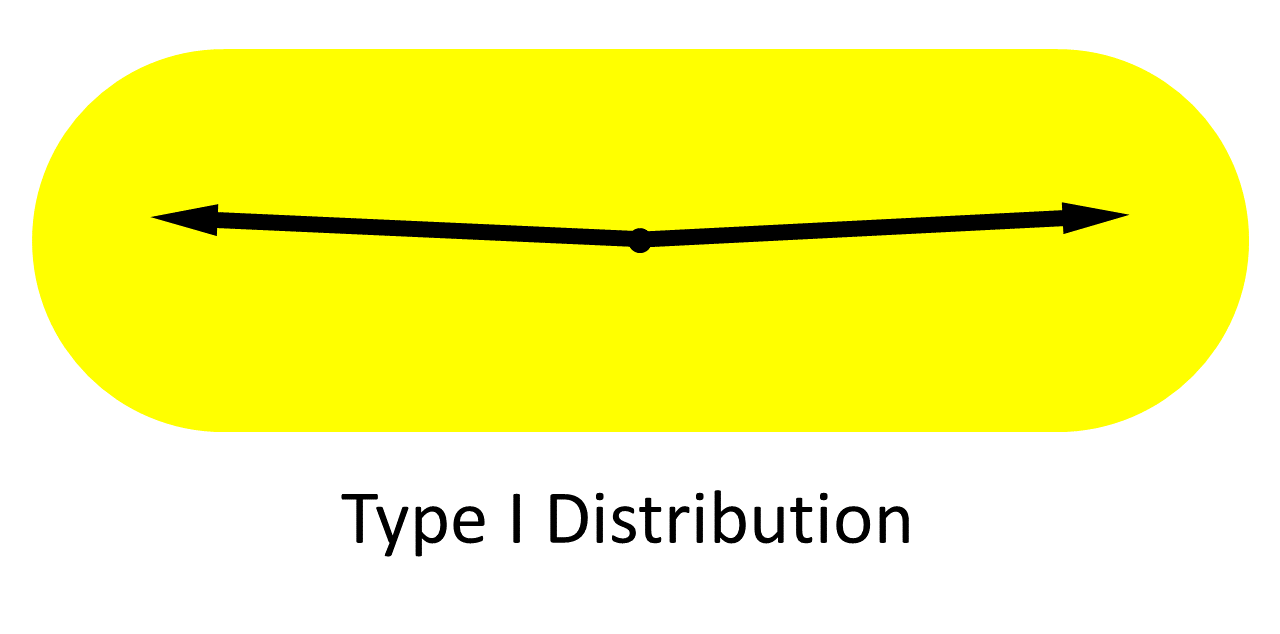
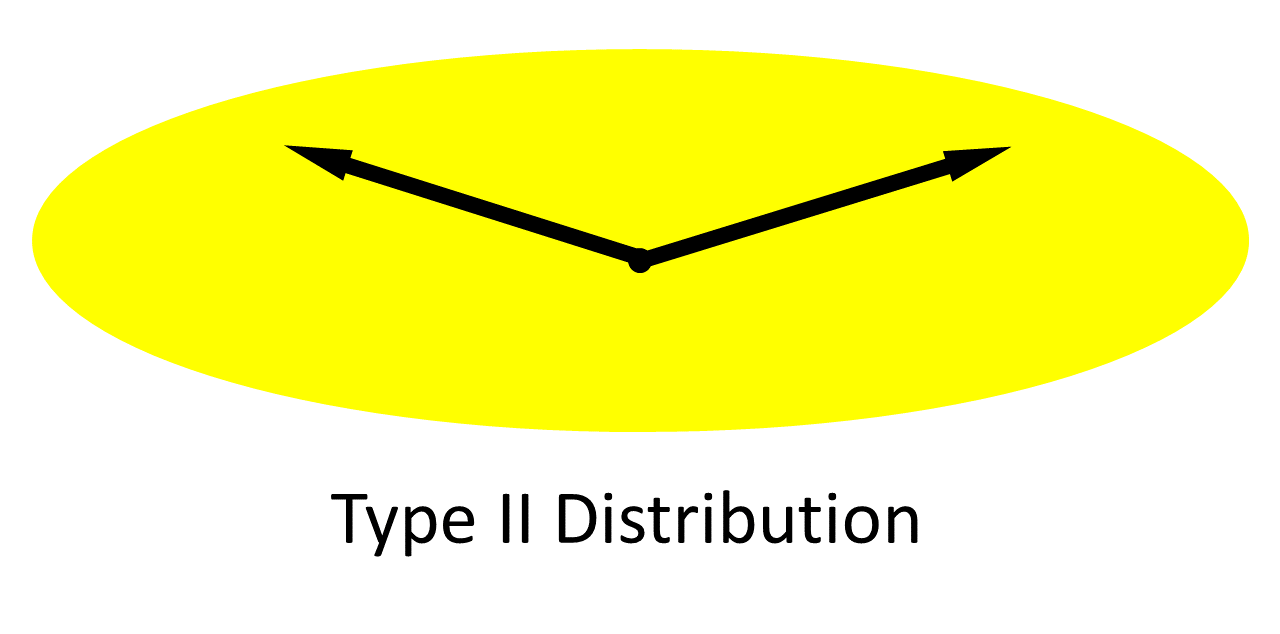
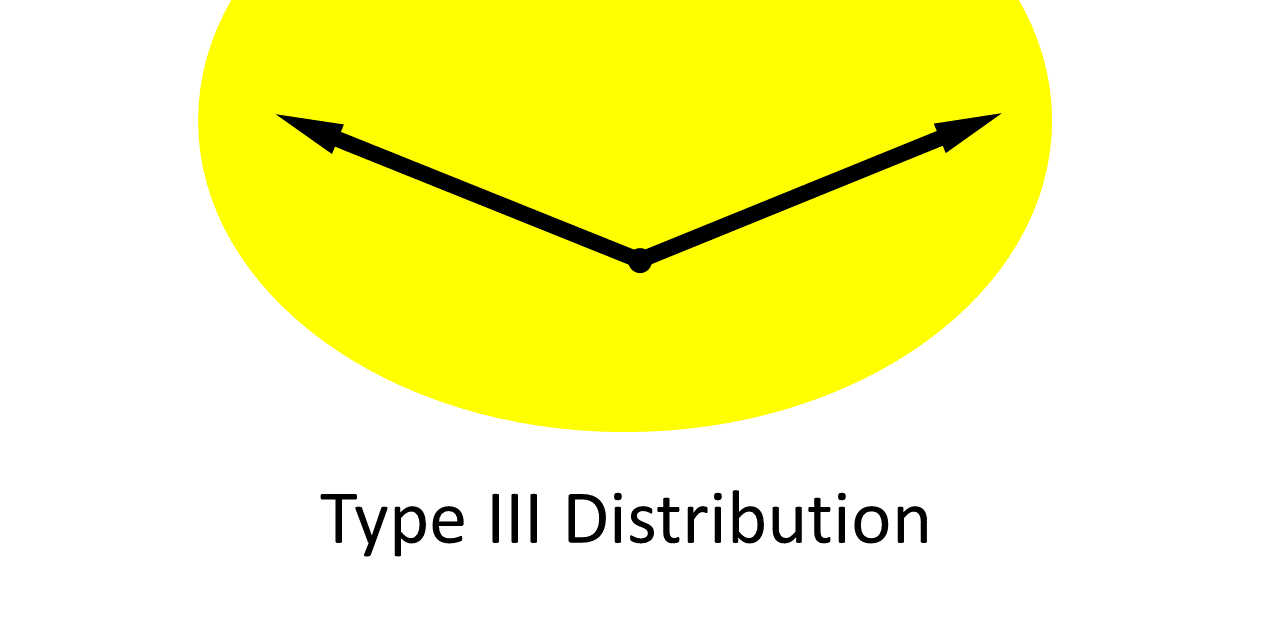
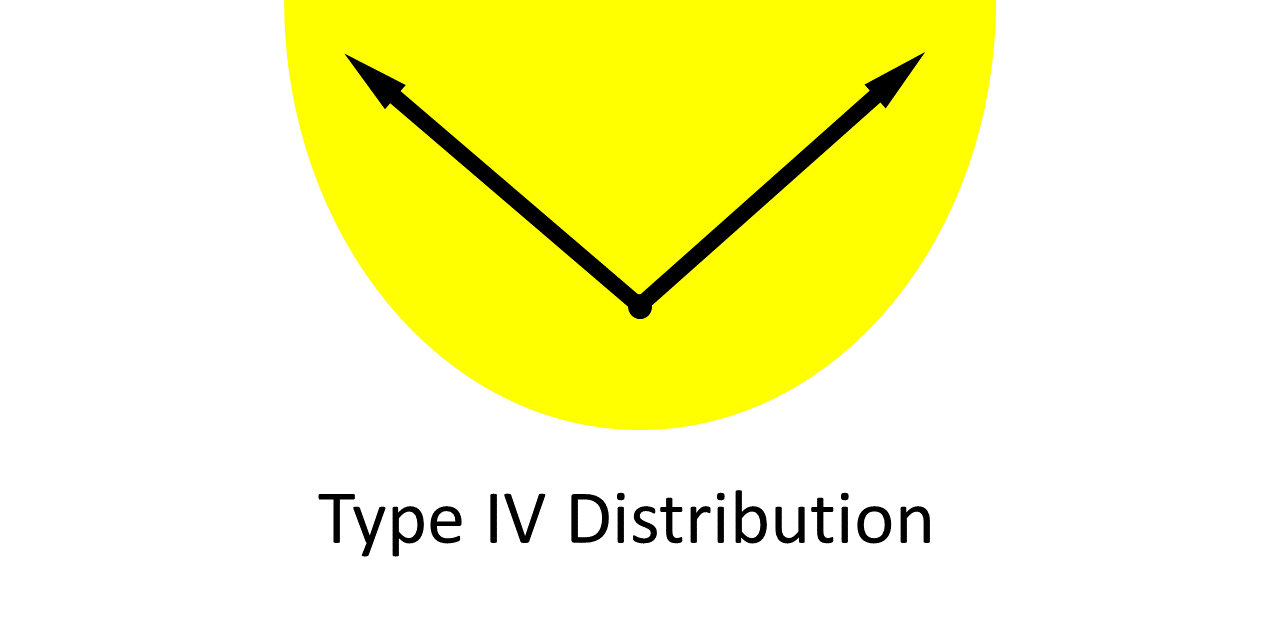
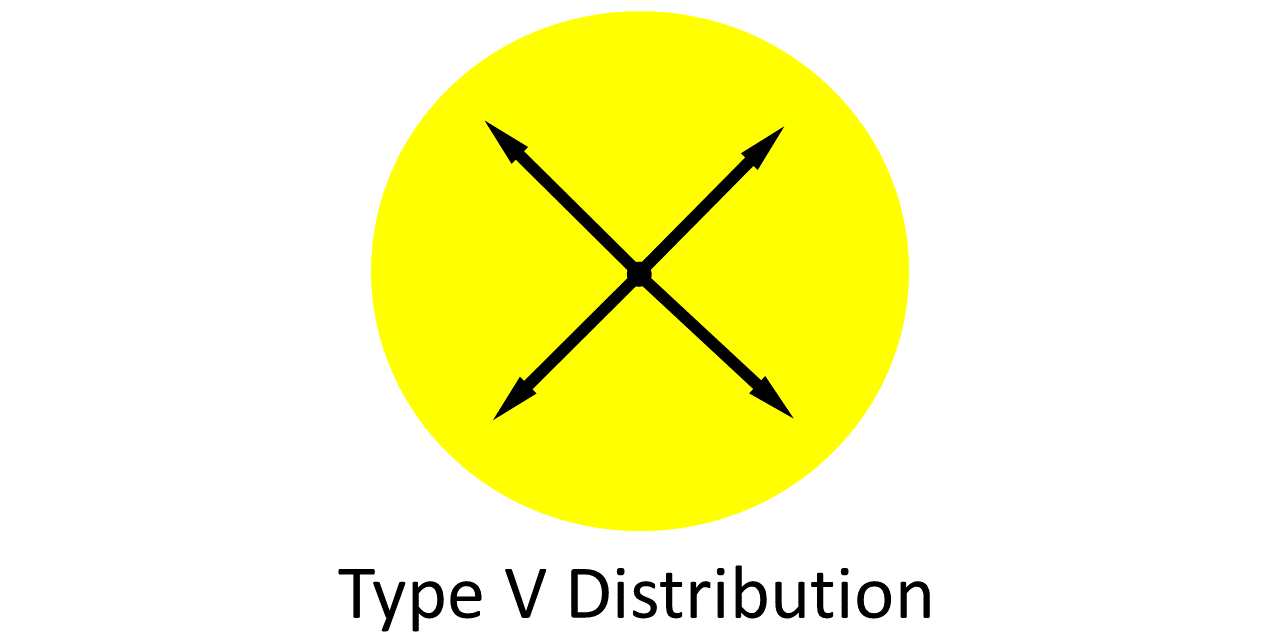
| Field Angle | NEMA Type | Description |
| 10° up to 18° | 1 | Very Narrow |
| 18° up to 29° | 2 | Narrow |
| 29° up to 46° | 3 | Medium Narrow |
| 46° up to 70° | 4 | Medium |
| 70° up to 100° | 5 | Medium Wide |
| 100° up to 130° | 6 | Wide |
| 130° and Greater | 7 | Very Wide |
